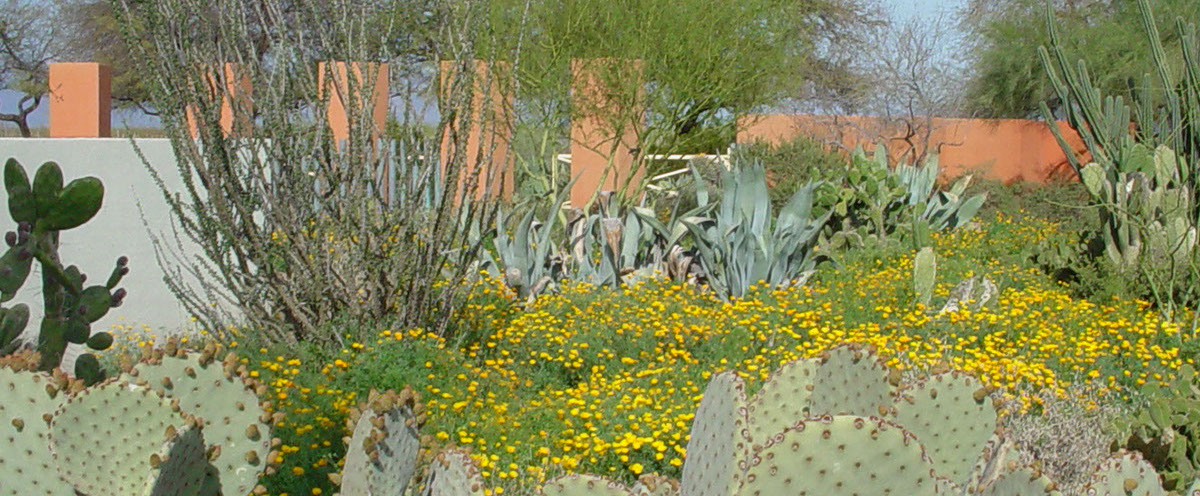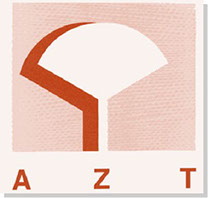


Microclimates
While the term microclimate suggests a small place, a more practical definition would be a unique niche, within a landscape or community, where plants that are not well adapted to a particular geographical region can survive, grow and thrive. Microclimates can have qualities like reduced light intensity, increased humidity, protection from frost or wind or a combination of numerous physical and environmental factors that foster plant growth. Conversely, and rarely discussed, there are niches that can also be considered microclimates that have qualities detrimental to plant growth and are highly uncharacteristic of the surrounding environmental conditions. Such sites would include places with high levels of reflected summer heat and sunlight, or areas that are highly prone to extremely low winter temperatures. In many instances the characteristics of both types of microclimates may be very subtle and difficult to fully appreciate. For example, cold tender plants may survive in a microclimate by buffering the surrounding freezing temperatures by only one or two degrees. Such sites are typically discovered by accident when plants survive an otherwise killing frost. Because cold air is heavier than warm air it tends to drain like water, from higher elevations and accumulate in low lying areas by following canyons, river bed and arroyos. This explains the sometimes random distribution of cold damaged plants following a freeze and why plants in low lying areas are more severely injured.
The temperature modifying effects of microclimates are strongly influenced by the physical geography of an area (example: low lying areas and frost cold injury), the quality and texture of soil, presence or absence of turf, or surrounding buildings, structures, hardscape elements, pavement and glass, especially windows treated with reflective coatings. Reported record high and low temperatures for a community or locality are only a reflection of the temperature at the specific site where the temperature is measured and cannot be generalized too broadly. Early in the 20th century, in the absence of historical weather data, Phoenix area citrus growers would only establish new orchards in areas where they found native Ironwood trees (Olneya tesota) growing. The presence of Ironwoods, a species that doesn't not tolerate hard freezes, indicated that the microclimates was relatively frost free and would be a safe place to grow cold tender citrus trees.
It is generally thought that the stored and reflected solar radiation of buildings, hardscape elements and paving act to mitigate low winter temperatures and create environments conducive to survival of frost tender plants. What must also be appreciated is that some of these same locations can amplify and concentrate the high temperatures of these sites in summer. This is particularly true for landscape plantings on the west and southwest sides of buildings where afternoon heat is the most intense. When placing trees in the landscape consider the impact of factors like reflected and stored heat from structures and paving and recognize their potential effects under both winter and summer conditions.
The table below lists documented low temperatures for the trees listed. Most of the temperatures listed were collected either at botanical gardens or research planting at the University of Arizona, Desert Legume Program, (Tucson and Yuma, AZ), Arid Zone Trees (Mesa, AZ), and Boyce Thompson Arboretum (Superior, AZ).
VARIETY DOCUMENTED HARDINESS
Acacia aneura 15 F.
A. berlandieri 15 F.
A. caven 10 F.
A. constricta 15 F.
A. coriacea 20 F.
A. cowleana 20 F.
A. craspedocarpa 15 F. (foliage tip burn)
A. eburnea 15 F.
A. erioloba 7 F.
A. gerrardii 15 F.
A. greggii 0 F.
A. jennerae 15 F.
A. karroo (brown truck) 15 F.
A. karroo (tan trunk) damage below 20 F.
A. ligulata 15. F.
A. lysiphloia 20 F.
A. microaneura 15 F.
A. notabilis 15 F.
A. occidentalis 15 F.
A. pendula 15 F.
A. rigidula 10-15 F.
A. schaffneri 15 F.
A. stenophylla 20 F.
A. smallii 15 F.
A. trachycarpa 25 F.
A. victoriae 15 F.
A. willardiana 20-25 F.
Caesalpinia cacalaco 20 F.
C. gilliesii 10 F.
C. mexicana 20 F.
Celtis reticulata -20F.
Cercidium floridum 10 F.
C. hybrid 'AZT' (clone) 15 F.
C. hybrid 'Desert Museum' (clone) 15 F.
C. microphyllum 15 F.
C. praecox 20 F.
C. praecox (AZT) 15 F.
Chilopsis linearis 10 F.
C. linearis (clone) 10 F.
Eysenhardtia orthocarpa 15 F.
E. texana 15 F.
Faidherbia albida 25 F.
Geoffroea decorticans 15 F.
Olneya tesota 20 F.
Pithecellobium flexicaule 15 F. (death to no damage do to genetic variability)
P. mexicanum 15 F.
P. pallen 15 F. (damage to foliage)
Prosopis chilensis 15 F.
P. thornless hybrid (clone) 15 F.
P. glandulosa -10 F.
P. glandulosa (thornless clone) 15 F.
P. pubescens 0 F.
P. velutina 5 F.
Psorothamnus spinosus 15 F.
Sophora secundiflora 0 F.
Vauquelinia californica 0 F.
Vitex agnus-castus 0 F.
Revised August 1, 2015

© Copyright 2000-2020 Arid Zone Trees